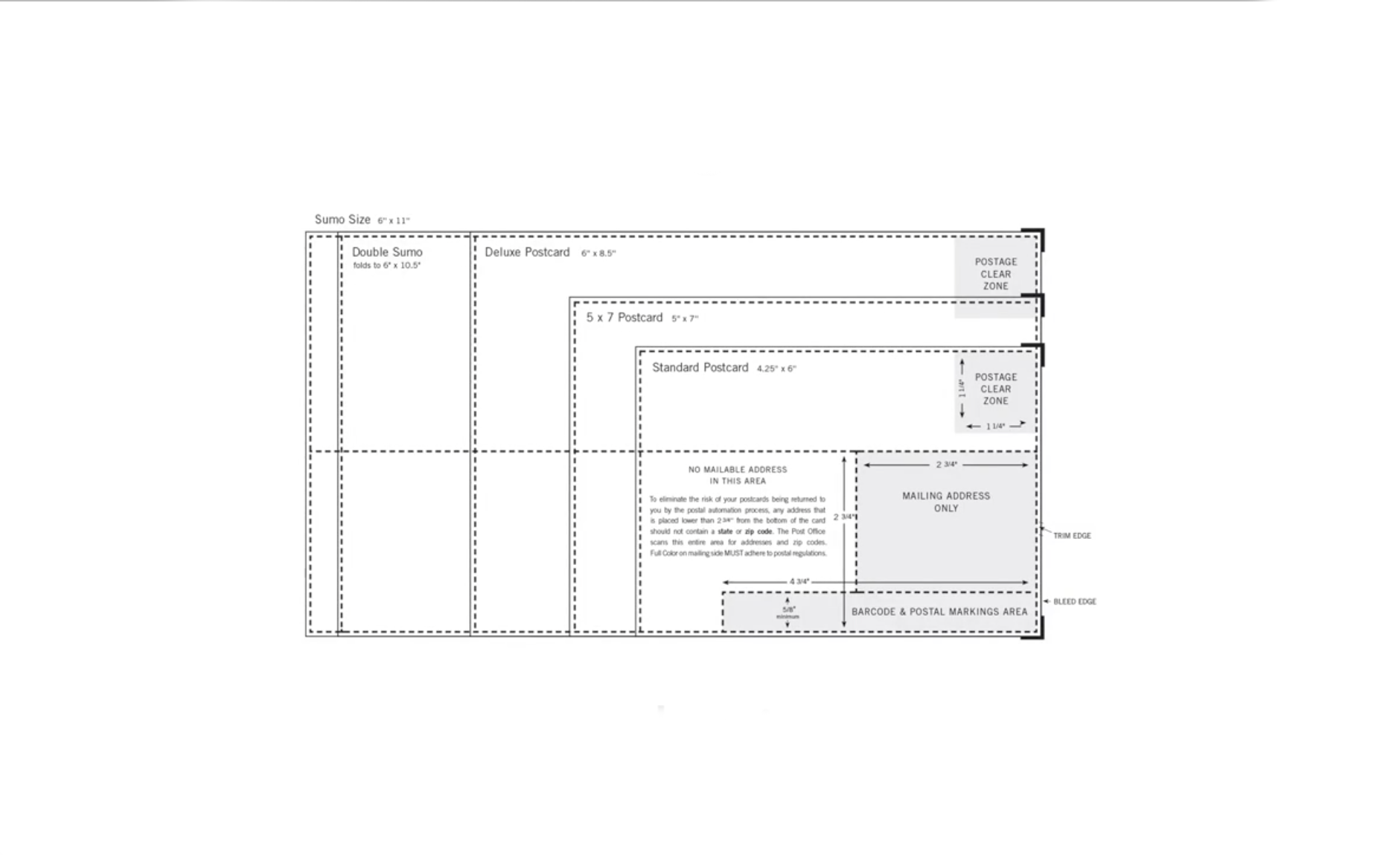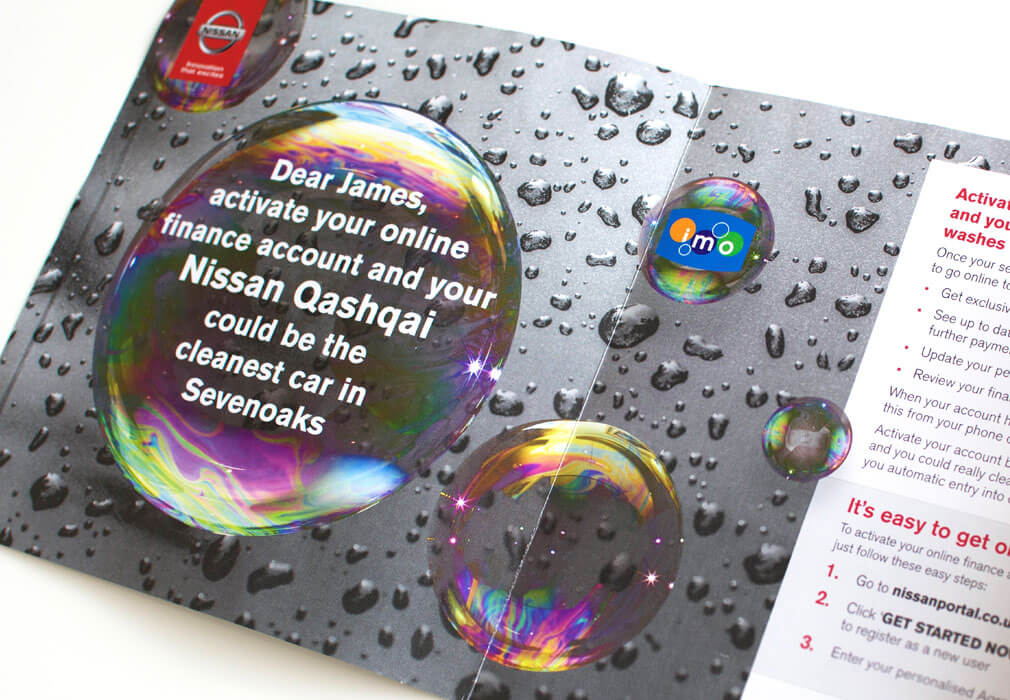Are You Making These Direct Mail Mistakes?
Mistake #1: Poor Design

The second design mistake you can make deals strictly with the content and layout. Almost on a weekly basis, we get sent artwork by clients that have pixelated images, don’t follow branding guidelines, and have confusing layouts. All of these can be avoided by either hiring a graphic designer who specializes in direct mail or by doing your research and looking at your competitor’s direct mail campaigns.
Mistake #2: No Clear Message
Design and messaging go hand-in-hand. Great design is only as good as the messaging. When it comes to direct mail mistakes, this is the second most common one we see. It is hard for a printer to truly analyze the messaging of the direct mail piece as we don’t know your goals. Your campaign is going to have a specific goal to it. Whether you’re a non-profit looking to raise more money or a service-based company looking to send your prospective customers a reason to choose you, the call to action is what your campaign boils down to. The call to action is ultimately what you want the customer to do. If you’re missing out on a solid call to action, you’ve just wasted time and money on your campaign. We recommend only having one call to action per mail piece.

Example of a direct mail piece with a clear, concise call to action.

